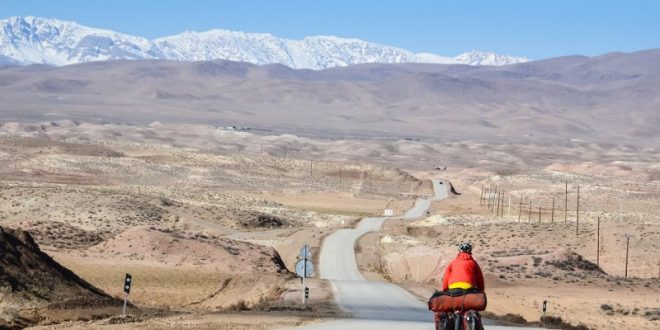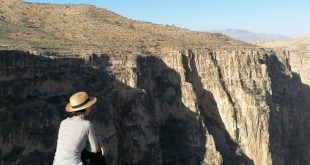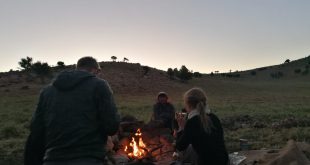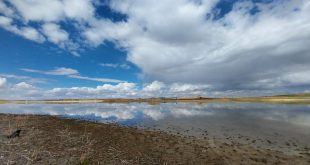It is unsurprising that Iranians are proud of their history, as they are the descendants of the great Achaemenid empire which peaked in the 6th century BC and which stretched from Egypt and the Balkans to Pakistan. The Achaemenids had a professional army and civil service, built roads and a postal system, and respected minority customs and religions. Conquered by Greeks, Arabs and Mongols, they have consistently assimilated and Persianized their invaders so claim a 2500 year history of development and high culture.
There are many things that we haven’t written about, not least of which is Persepolis. One of the capitals of the Achaemenids, along with Babylon and Nineveh, it was a ceremonial palace complex of huge scale and sophistication. On a low rise at the base of a mountain range and approached from a dusty plain, the immense, richly decorated buildings must have presented an awe-inspiring sight to those coming to pay tribute and acknowledge the supremacy of their emperor. Parts of Persepolis were buried very early and where these parts have been uncovered the elaborate decorative carving is in pristine condition delighting us with illustrations straight out of childhood history books.
A few kilometres away, the tombs of the great Achaemenid emperors were carved into sheer cliffs in a similar way to the Lycian tombs we saw in southern Turkey last year. Simple, but with the grandeur of scale.
We have mentioned that the 16th century is often considered the high point of Iranian culture and Tehran is certainly evidence of this. Established as the capital at the beginning of the 19th century, and developed over the next hundred years, the grand buildings and their decoration are sometimes a pastiche of the traditional and European styles, getting worse as they get newer. This mixing might have been an enriching development but we found that it was too often ill-considered and unharmonious and that much of the famed Golestan Palace was disappointing. The mirror-work that had enriched the elegant architecture of the Safavid-era mosques and palaces elsewhere is here the overblown decoration of boring buildings.
The best reason for coming to Tehran is supposed to be the amazing Jewellery Museum, housed in the National Bank, but it only opens for three afternoons a week, four in peak tourist season, and was closed. We did however spend several hours at the National Museum where we saw some extraordinary exhibits including very sophisticated pottery from 5000 years ago, more of the carved stone-work from Persepolis in perfect condition, intricately detailed old fabrics and carpets, and beautifully simple artwork.
This morning we went to North Tehran which is much higher than the central part – nestled in the foothills of the Alborz Mountains – and the site of the summer palaces. Initially developed in the 19th century by the Qajar shahs who were tribesmen in origin and responsible for much that was nasty in the Golestan Palace, the complex was considerably developed by the Pahlavi shahs in the 20th century who were urban in origin. The contrast was vast. Much more restrained and elegant with the mix of styles well integrated. Our disappointed with Tehran was lifted, we were refreshed by the cooler air and green surroundings, and we are now preparing to leave with sadness.
We’ve mentioned Reza, our guide, in passing but he has been a great travel companion as well as our guide. About ten years younger than us, he was expelled from public university after the 1979 revolution for being a Communist Party member and he’s retained his humanist and cynical views. We’ve enjoyed his warm sense of humour and our political and philosophical discussions while never feeling the need to talk for the sake of it.
We had decided to start our trip in the south in the hope that we would follow the progress of Spring as we went north but by accident we found that we were also following Iran’s history and the trip has been so much the better for it.
 MTB2R Mountain Biking & Hiking Tour in IRAN
MTB2R Mountain Biking & Hiking Tour in IRAN



